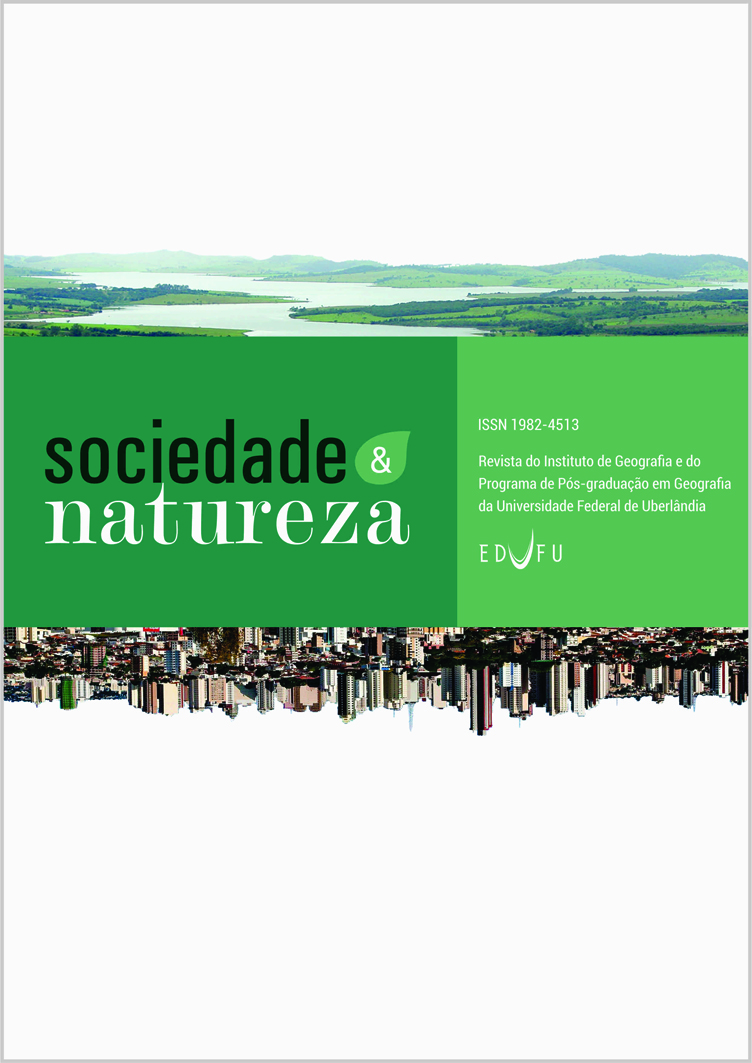Resumo
As ações humanas têm contribuído nas mudanças térmicas nos recintos urbanos em escala microclimática, através de tipos de revestimentos que possuem propriedades de armazenarem e transmitirem energia. Umas das estratégias de melhorar termicamente as cidades é a implantação de arborização. Assim, o objetivo deste estudo foi analisar o efeito do sombreamento arbóreo na temperatura superficial e no fluxo de energia de diferentes superfícies urbanas nos períodos seco e chuvoso na cidade de Cuiabá-MT. Como referencial foi utilizado um local sem arborização com esses mesmos revestimentos. Analisaram-se dados de temperatura superficial, temperatura e umidade relativa do ar, coletados às 08h, 14h e 20h. Foi utilizado a técnica não paramétrica Bootstrap para as comparações das temperaturas superficiais. Os resultados apontam que os cenários arborizados apresentaram um "resfriamento" em relação as superfícies não sombreadas, indicando o papel de relevância do sombreamento arbóreo para a mitigação da elevação da temperatura, principalmente no horário da tarde.
Direitos Autorais para artigos publicados nesta revista são do autor, com direitos de primeira publicação para a revista. Em virtude de aparecerem em revista de acesso público, os artigos são licenciados sob Creative Commons Attribution (BY), que permite o uso irrestrito, distribuição e reprodução em qualquer meio, desde que o trabalho original seja devidamente citado.

